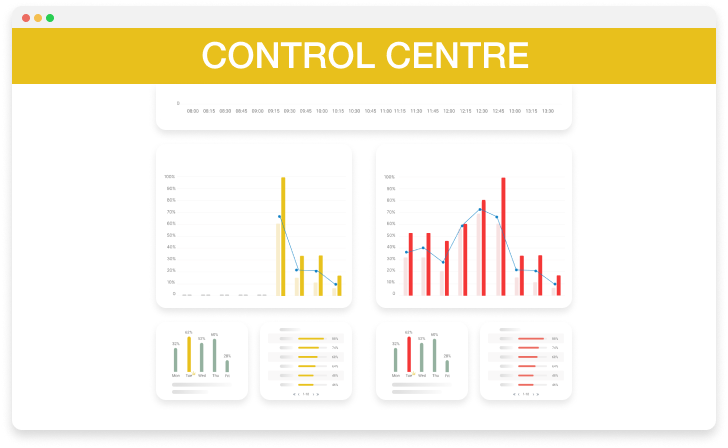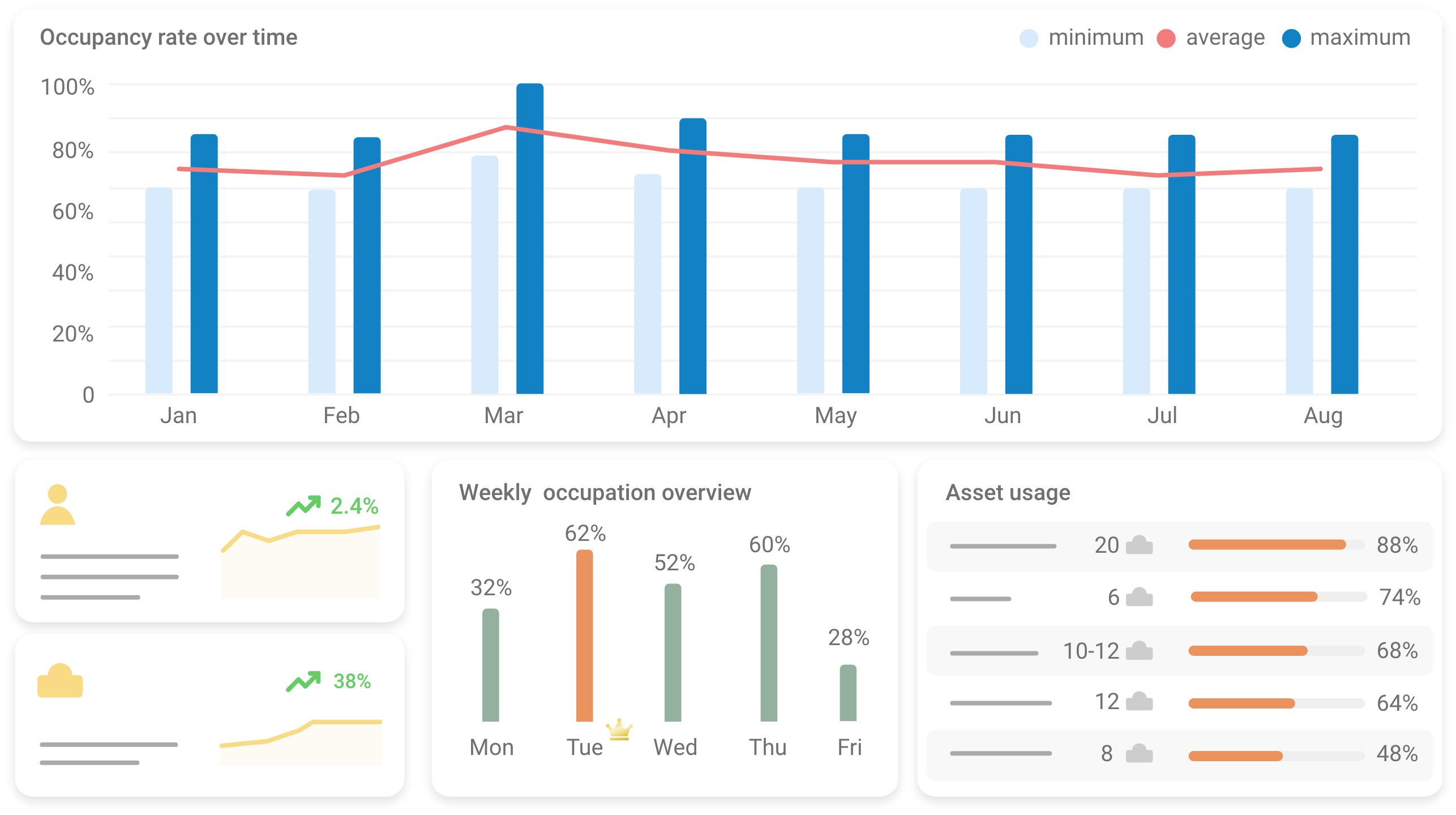The emergence of the hybrid work model has changed the way we work. This new paradigm has gained widespread acceptance and has become the norm for many organizations. Let’s explore the advantages and disadvantages of hybrid working, supported by various studies and reports to help you make informed decisions about your work environment.
1. Advantages of Hybrid Working
Increased productivity
A 2020 study by Airtasker found that remote workers were 47% more productive than in-office workers, completing 30.2 hours of work per week compared to their in-office counterparts' 27.3 hours. By incorporating remote work in a hybrid model, organizations can potentially boost productivity while still maintaining some in-office presence.
Improved employee satisfaction and retention
A 2021 Owl Labs report showed that 92% of employees who had the option to work remotely were satisfied with their jobs, compared to 82% of those without remote work options. The flexibility that hybrid work provides can lead to higher job satisfaction and retention rates.
Reduced overhead costs
A Global Workplace Analytics study estimated that businesses could save an average of $11,000 per employee per year through hybrid work models. By reducing the need for office space and resources, companies can cut overhead costs significantly.
Better work-life balance
According to a 2021 Buffer report, 95% of remote workers cited improved work-life balance as a key benefit. Hybrid working allows employees to balance their professional and personal lives, reducing stress and increasing overall well-being.
1. Disadvantages of Hybrid Working
Difficulties in communication and collaboration
A 2021 Microsoft study found that 45% of remote employees experienced difficulties with collaboration and communication. Hybrid work can create challenges in coordinating and collaborating with colleagues, as well as fostering team cohesion.
Potential for unequal treatment
A 2020 study by the Society for Human Resource Management (SHRM) revealed that 64% of remote workers felt excluded from in-office activities, leading to a sense of isolation. Hybrid work models must ensure that all employees are treated fairly and have access to the same opportunities, regardless of their work location.
Security concerns
A 2020 IBM Security report showed a 400% increase in cyber threats related to remote work. Hybrid work environments must address these security risks by implementing stringent policies and practices to protect sensitive information.
Risk of burnout
A 2021 study by FlexJobs found that 75% of remote workers experienced burnout, with 40% attributing it to the lack of separation between work and home life. Hybrid work models must prioritize employee well-being and establish boundaries to prevent burnout.
To reap the benefits and mitigate the disadvantages of hybrid working, organizations must invest in effective communication tools, establish clear policies, and prioritize employee well-being. By doing so, they can create a work environment that fosters growth, innovation, and success in the ever-evolving professional landscape.




















